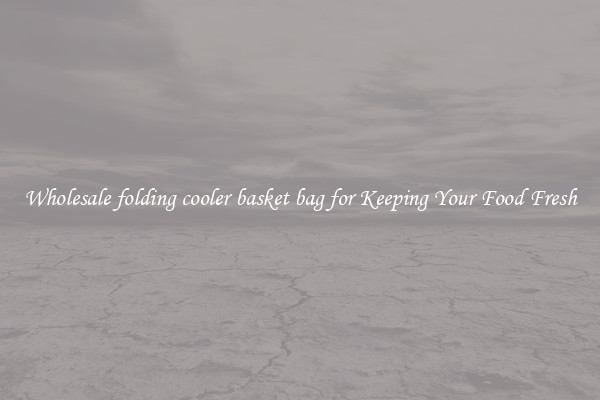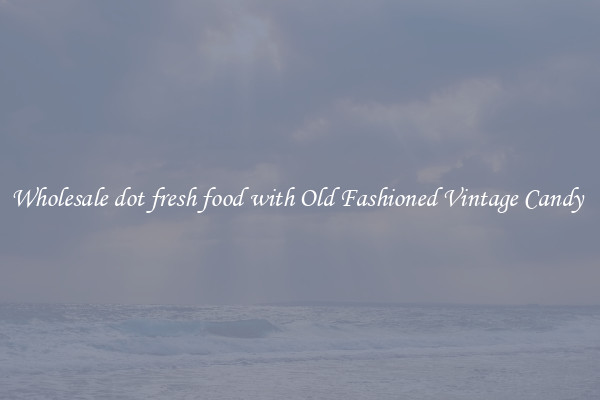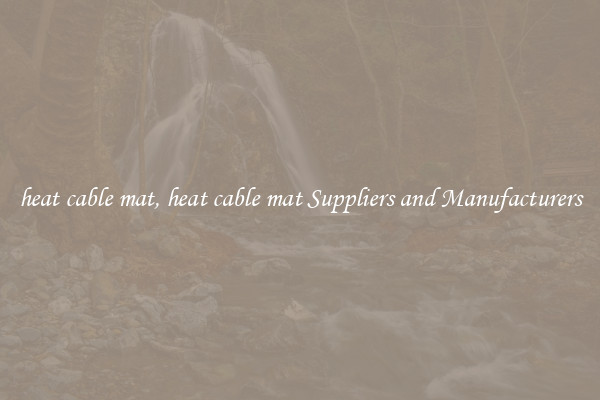Wholesale heat preservation of food for Keeping Your Food Fresh
Wholesale heat preservation of food is an essential aspect of ensuring the freshness and quality of perishable items. Whether it is for commercial purposes or personal use, maintaining the freshness of food is of utmost importance to avoid waste and ensure customer satisfaction. There are various methods and techniques available to wholesale suppliers and retailers to effectively preserve heat in food products.
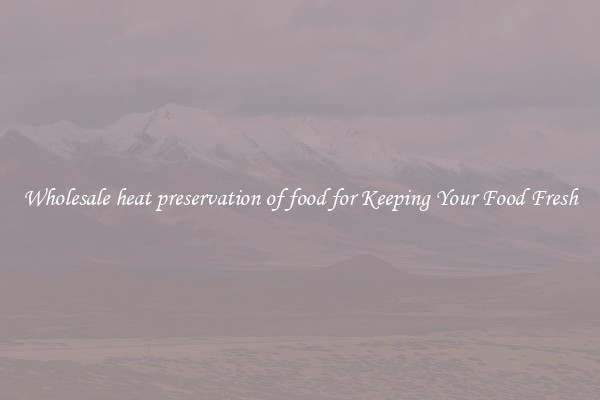
One of the primary methods of wholesale heat preservation is the use of insulated containers. These containers are designed to keep heat trapped within, preventing any external temperature fluctuations from affecting the food inside. Insulated containers are commonly used in the transportation of delicate items like dairy products, meat, and seafood. They are also useful when transporting hot food to keep it warm until it reaches its destination.
Another popular method of wholesale heat preservation is through the use of heat retention bags or thermal packaging. These bags are designed to keep food warm for an extended period, allowing for convenient delivery or takeout without compromising the quality of the meal. Heat retention bags are commonly used in the fast-food industry, ensuring that customers receive their meals hot and fresh.
Wholesale suppliers also employ advanced technologies like vacuum sealing and heat shrink wrapping to preserve the heat in food products. Vacuum sealing removes all air from the packaging, creating a seal that prevents heat exchange between the food and the environment. Heat shrink wrapping, on the other hand, uses specialized plastic wrap that shrinks tightly around the food, forming a protective barrier that traps the heat within.
In addition to these methods, wholesale heat preservation also involves proper handling and storage practices. It is essential to store perishable items in temperature-controlled environments to maintain their freshness. This includes refrigeration at the optimal temperature for specific food products. Proper storage prevents the growth of bacteria and ensures that the food remains safe for consumption.
Wholesale suppliers and retailers must also consider the appropriate packaging for their heat-preserved food products. The packaging should be able to withstand temperature changes, moisture, and provide insulation to retain heat effectively. Additionally, labels indicating the recommended storage temperature should be clearly displayed on the packaging to guide consumers and ensure they are aware of the necessary precautions.
In conclusion, wholesale heat preservation plays a vital role in keeping food fresh and maintaining its quality. The use of insulated containers, heat retention bags, vacuum sealing, and heat shrink wrapping are effective methods in preserving the heat in food products. Proper handling, storage, and appropriate packaging are equally important to ensure that the food remains safe, fresh, and ready for consumption. By implementing these techniques and practices, wholesale suppliers can deliver high-quality, heat-preserved food products to their customers, reducing waste and increasing customer satisfaction.

View details
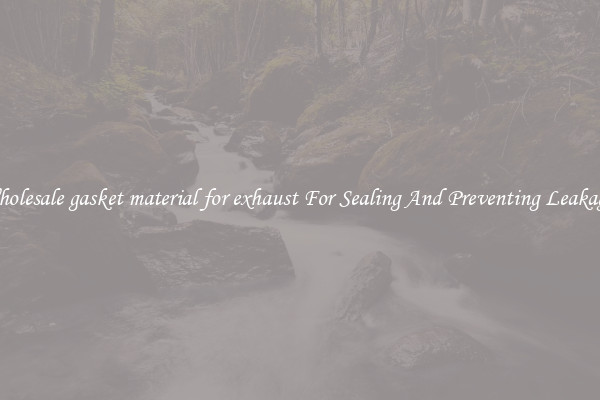
View details

View details

View details
